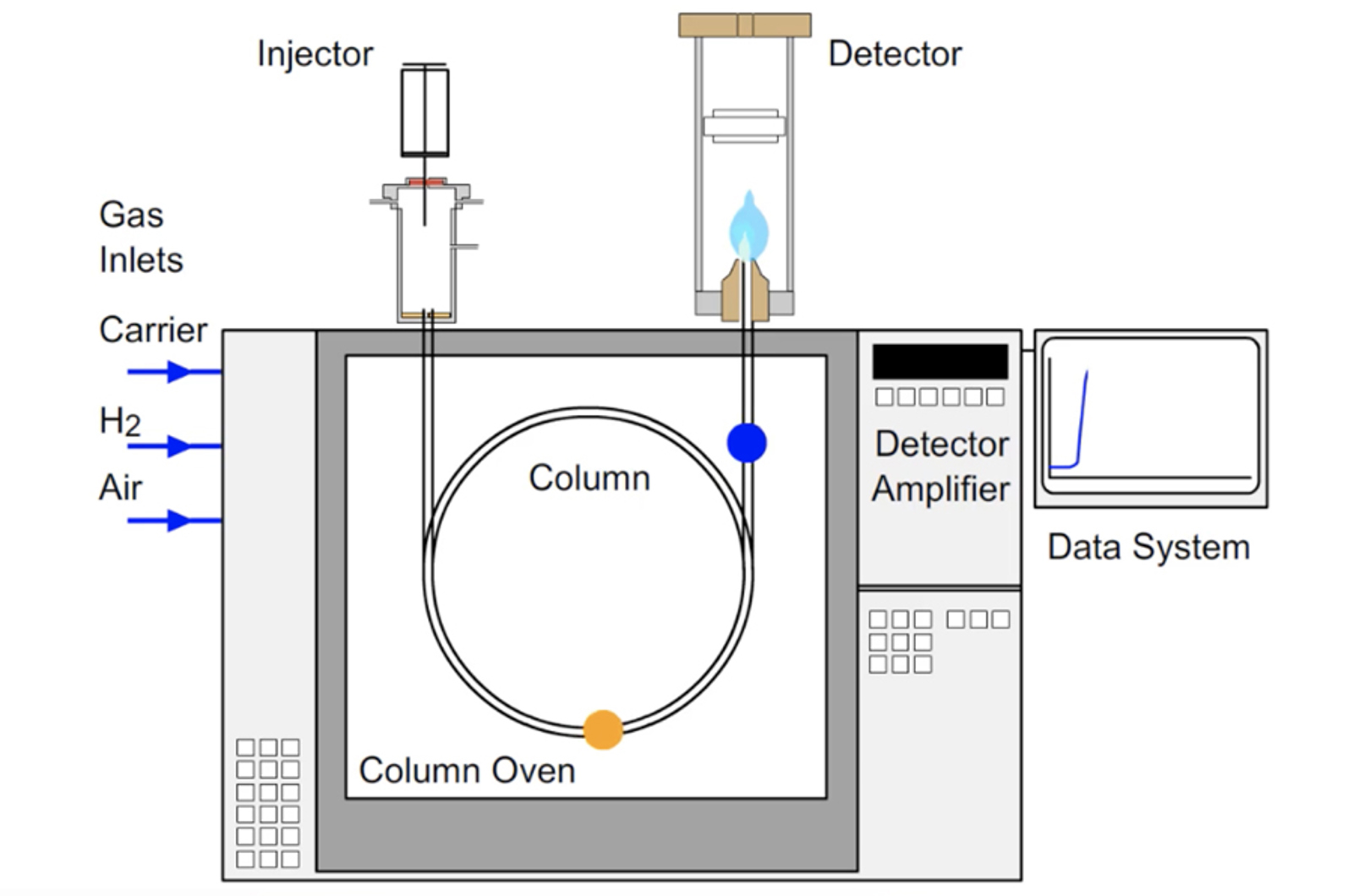GC Introduction
This short module covers the history of gas chromatography (GC) and introduces the chromatographic process and the major components of a GC instrument. The technique is compared and contrasted with other analytical techniques such as high performance liquid chromatography (HPLC). The terms and appearance of a typical chromatogram are also explained. We will outline the fundamental basis for separation in GC, and indicate the major advantages of GC and the application areas in which it is used.
At the end of this unit you will be able to identify analytes suitable for GC analysis from physicochemical data, describe the function of the various components of a gas chromatograph, explain the fundamental basis of separation in GC in terms of solubility and vapor pressure of analytes, and recognize when the use of GC might be applicable to solving analytical problems.
Topics include:
- Why is chromatography so important?
- The basics of how gas chromatography works
- Origins of gas chromatography
- Why choose gas chromatography
- Sample types suitable for gas chromatography
- Gas chromatography separation mechanism
- The gas chromatograph
- The chromatogram
- GC advantages and disadvantages
- Typical GC applications

